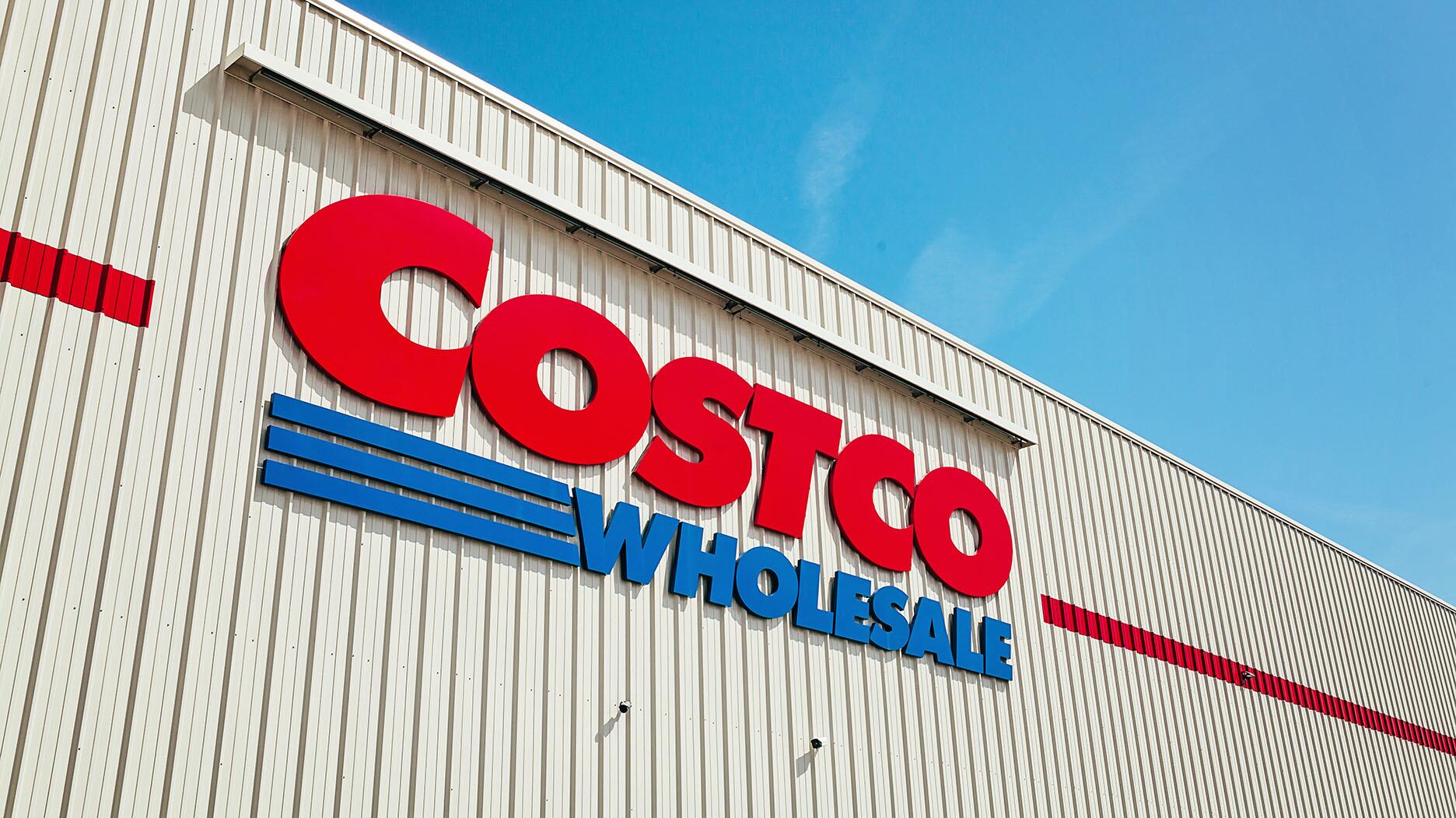NDC Prevails in U.K. Case Over Lab-Grown Diamond Advertising
NDC filed a complaint against Skydiamond for use of phrases like “diamonds made entirely from the sky.”

London—The U.K.’s Advertising Standards Authority (ASA) announced it has upheld the Natural Diamond Council’s complaint against retailer Skydiamond for misleading marketing and advertisement of lab-grown diamonds.
The online fine jewelry retailer uses a patented process to create diamonds from atmospheric carbon dioxide and rainwater using renewable energy from solar and wind power, its website states.
The NDC’s complaint alleged that it was misleading for Skydiamond to use the terms “Skydiamonds,” “diamonds,” and “diamonds made entirely from the sky” in ads it featured in early 2023 in press, on its Instagram, and on its website.
It also called into question the use of the words “real diamond” in a section of the retailer’s FAQ page that answered the question “Are Skydiamonds real diamonds?” with “Each Skydiamond is a perfectly formed real diamond.”
In its ruling, the ASA, which is the U.K. equivalent of the Federal Trade Commission (FTC), sided with NDC, stating that the ads did not make it clear that the diamonds were lab grown.
It also said the above terms were misleading, and the ads breached the U.K. Code of Non-Broadcast Advertising, Sales Promotion and Direct Marketing rules 3.1 and 3.3, with regards to misleading advertising, and 3.9, with regards to qualification.
The code states, “marketing communications must not mislead the consumer by omitting material information. They must not mislead by hiding material information or presenting it in an unclear, unintelligible, ambiguous, or untimely manner.”
All of Skydiamond’s ads included clear gemstones and references to diamonds, the ruling said, and it considered consumers would understand “diamond” in insolation to mean a naturally occurring mineral of crystallized carbon.
While some consumers would be aware that diamonds could be manufactured in a lab, ASA said, many would not.
ASA directed Skydiamond not to use the above terms to describe their lab-grown diamonds without a clear and prominent qualifier, such as “synthetic,” “laboratory-grown” or “laboratory-created,” or another way of conveying the same meaning to consumers in a direct and obvious manner.
It also told the retailer the ads must not appear again in the form complained about, and to not use the claim “real diamonds” to describe lab-grown diamonds.
Skydiamond said it plans to appeal the ruling, calling it “a mistake.”
“Our website and all of our marketing, indeed our very name, make clear that our diamonds come from the sky, we make them or mine them from the sky," said Dale Vince, founder of Skydiamond.
"We make that very clear. Nobody could possibly think they are conventional stones ripped from the bowels of the earth at enormous environmental cost, and nobody actually has. This complaint is not based on actual confusion on the part of customer; it comes from the trade body for diamond mining companies, [and] it is an attempt to use the ASA for anti-competitive purposes and it utterly baseless."
The NDC, which filed in March 2023, based its complaint on the Diamond Terminology Guideline, a reference document that, as of 2020, is assured and recognized by Trading Standards in the U.K. market.
The U.K.’s National Association of Jewellers, along with leading industry organizations, have endorsed the guideline, which is built on the ISO 18323 Standard (“Jewellery – Consumer confidence in the diamond industry”) and the CIBJO Diamond Blue Book.
The FTC has its own rules on diamond terminology, but it is not recognized for diamonds sold outside the United States.
The Diamond Terminology Guideline states that all documents, websites, and other means of communication intended to sell, buy, and promote natural diamonds, lab-grown diamonds, gemstones, lab reports, and natural and lab-grown diamond jewelry must use “synthetic,” “laboratory-grown” or “laboratory-created” when referring to lab-grown diamonds, a directive the ASA references in its ruling.
In one section of its lengthy response to NDC’s complaint, Skydiamond called the guideline a tool that “should not be, and did not profess to be, the only basis for defining the origin of a diamond or for determining definitively whether diamond ads were misleading to an average consumer.”
Skydiamond also argued that of the 23 steps in its “novel and innovative” production process, only the CVD step was shared with conventional lab-grown diamond production processes, and commercialization of its process post-dated the introduction of the Diamond Terminology Guideline, so it was not considered for inclusion.
The ASA acknowledged in its ruling that the guideline had been updated in 2023, but there were no major changes to the 2020 version.
And, although it agrees Skydiamond’s production process differs from other diamond growers, ASA said the diamonds were lab grown nonetheless and consumers needed to know that before making a transactional decision.
The NDC’s complaint to the ASA regarding misleading terminology in advertisements for lab-grown diamonds initially included three other U.K. retailers—Stephen Webster, Lark & Berry, and Idyl.
According to NDC, ASA dropped its case against Stephen Webster but did note that its ruling in the Skydiamond case also applies to Stephen Webster’s marketing and communications.
A spokesperson for Stephen Webster said the company had no comment on the ruling.
The ASA investigated ads from the other two retailers and considered them to be in breach of code—Lark & Berry for the use of “cultured diamond” and “diamond” without a qualifier when referring to synthetic diamonds, and Idyl for the use of the terms “diamonds,” “diamond sparkle,” “fine diamond jewelry,” “sustainable diamonds,” and “Diamonds of the Future” in the same context.
Lark & Berry agreed to amend the ads with qualifiers such as “synthetic,” “laboratory-grown,” and “laboratory-created.”
Idyl also agreed to amend their advertisements that targeted U.K. consumers.
Both rulings have been published as informally resolved on ASA’s website.
The Latest

The special-edition egg pendant ingested in a New Zealand jewelry store was recovered after a six-day wait.

Associate Editor Natalie Francisco plays favorites with Piece of the Week, selecting a standout piece of jewelry from each month of 2025.

The “Love and Desire” campaign is inspired by the magic that follows when one’s heart leads the way, said the brand.

How Jewelers of America’s 20 Under 40 are leading to ensure a brighter future for the jewelry industry.

Two awardees will receive free tuition for an educational course at the Swiss lab, with flights and lodging included.


Berta de Pablos-Barbier will replace Alexander Lacik at the start of January, two months earlier than expected.

Sotheby’s held its first two jewelry sales at the Breuer building last week, and they totaled nearly $44 million.

Roseco’s 704-page catalog showcases new lab-grown diamonds, findings, tools & more—available in print or interactive digital editions.

Winners will receive free registration and lodging for its fourth annual event in Detroit.

Here are six ideas for making more engaging content for Instagram Reels and TikTok, courtesy of Duvall O’Steen and Jen Cullen Williams.

The honorees include a notable jewelry brand, an industry veteran, and an independent retailer.

Carlos Jose Hernandez and Joshua Zuazo were sentenced to life without the possibility of parole in the 2024 murder of Hussein “Sam” Murray.

The New Orleans jeweler is also hosting pop-up jewelry boutiques in New York City and Dallas.

Set in a Tiffany & Co. necklace, it sold for $4.2 million, the highest price and price per carat paid for a Paraíba tourmaline at auction.

The jeweler’s “Deep Freeze” display showcases its iconic jewelry designs frozen in a vintage icebox.

Take luxury gifting to new heights this holiday season with the jeweler’s showstopping 12-carat sphene ring.

This year's theme is “Unveiling the Depths of the Ocean.”

In its annual report, Pinterest noted an increase in searches for brooches, heirloom jewelry, and ‘80s luxury.

Starting Jan. 1, customers can request the service for opal, peridot, and demantoid garnet.

The 111-year-old retailer celebrated the opening of its new location in Salem, New Hampshire, which is its third store in the state.

The new catalog features its most popular chains as well as new styles.

The filmmaker’s personal F.P. Journe “FFC” prototype was the star of Phillips’ recent record-setting watch auction in New York.

The new location in the Design District pays homage to Miami’s Art Deco heritage and its connection to the ocean.

Inflations, tariffs, and politics—including the government shutdown—were among consumers’ top concerns last month.

“Longtime favorite” presenters, as well as first-time speakers, will lead talks and workshops at the annual event in Tucson next year.

Silas Smith of Meridian Metalworks won the challenge with his pendant that blends Australian and American landscapes.

The sale of the 31.68-carat, sunset-hued stone was part of Sotheby’s first series of events and auctions in Abu Dhabi.




























